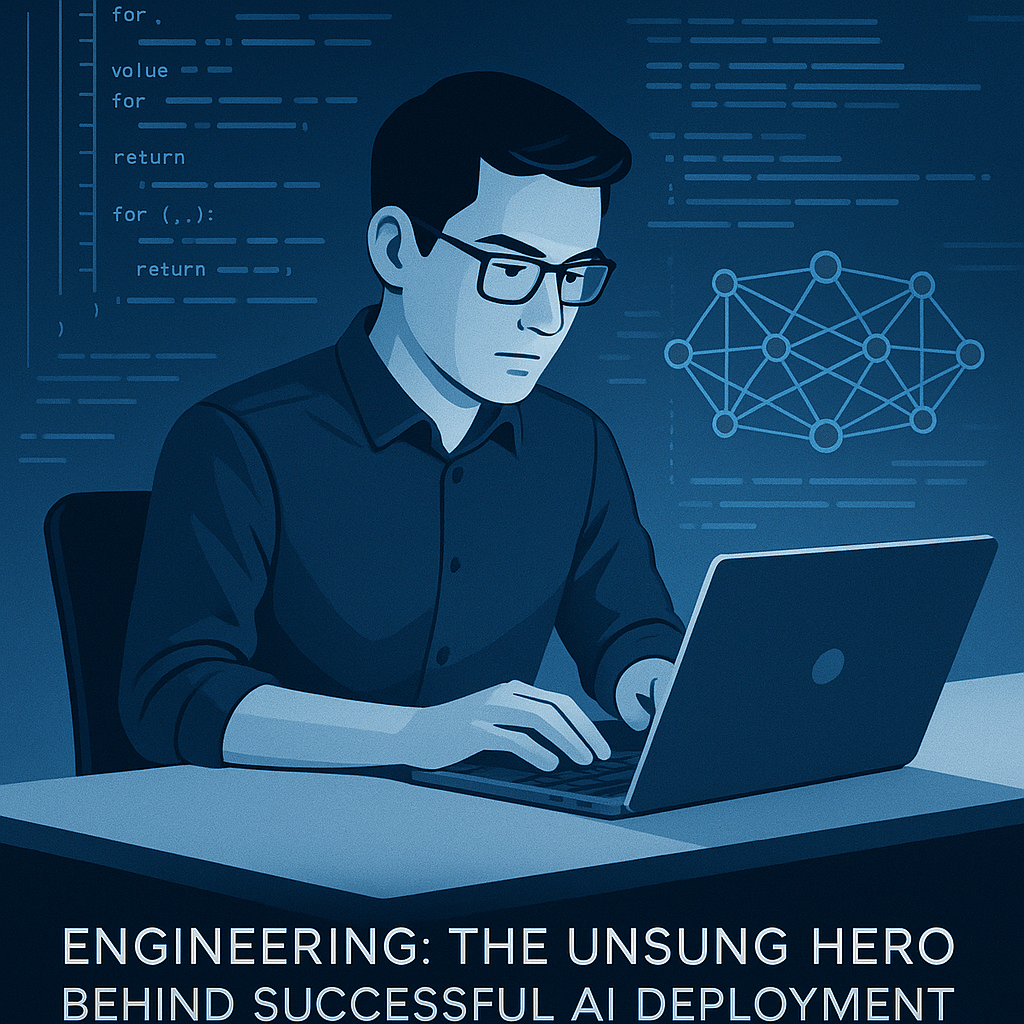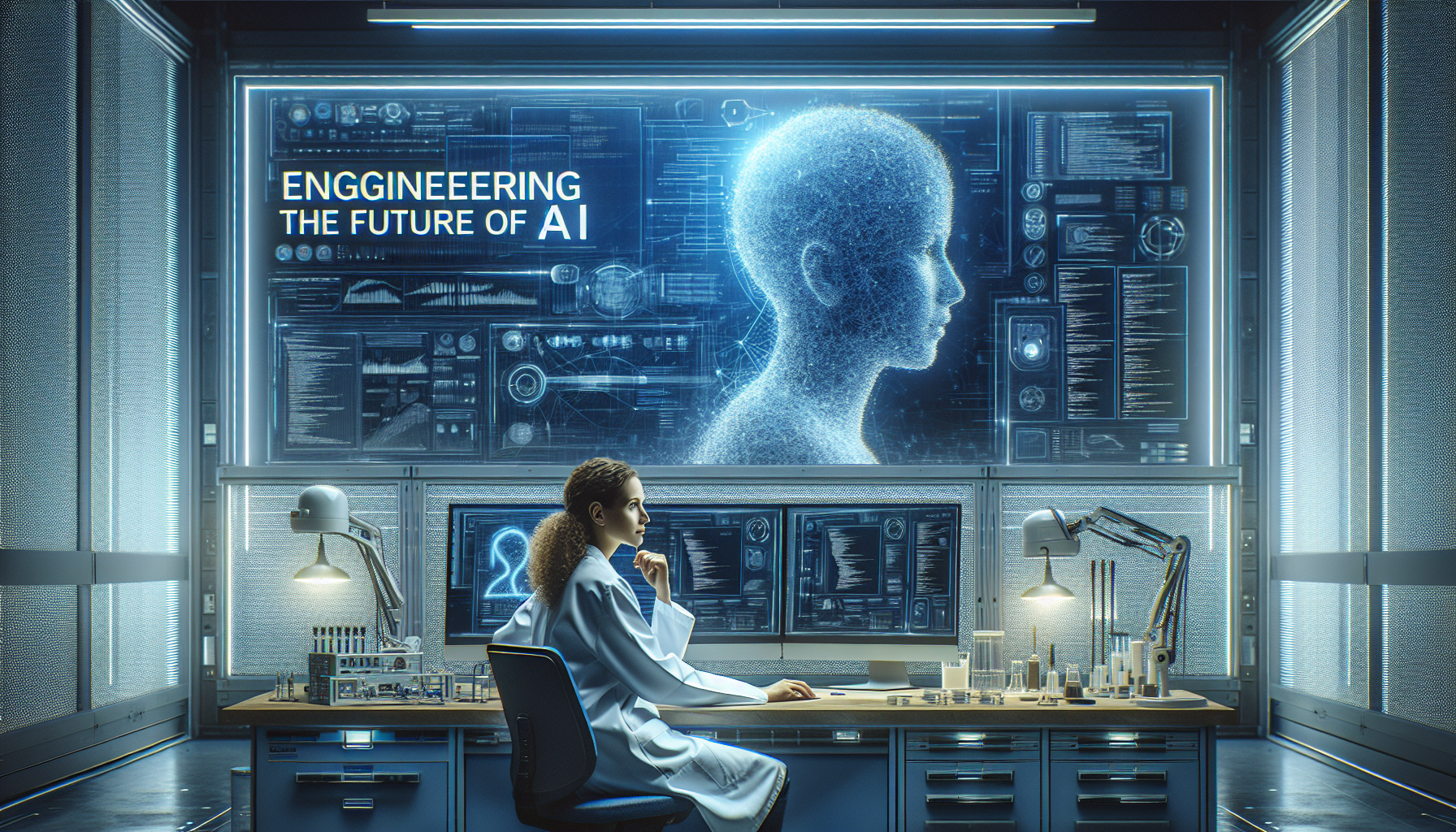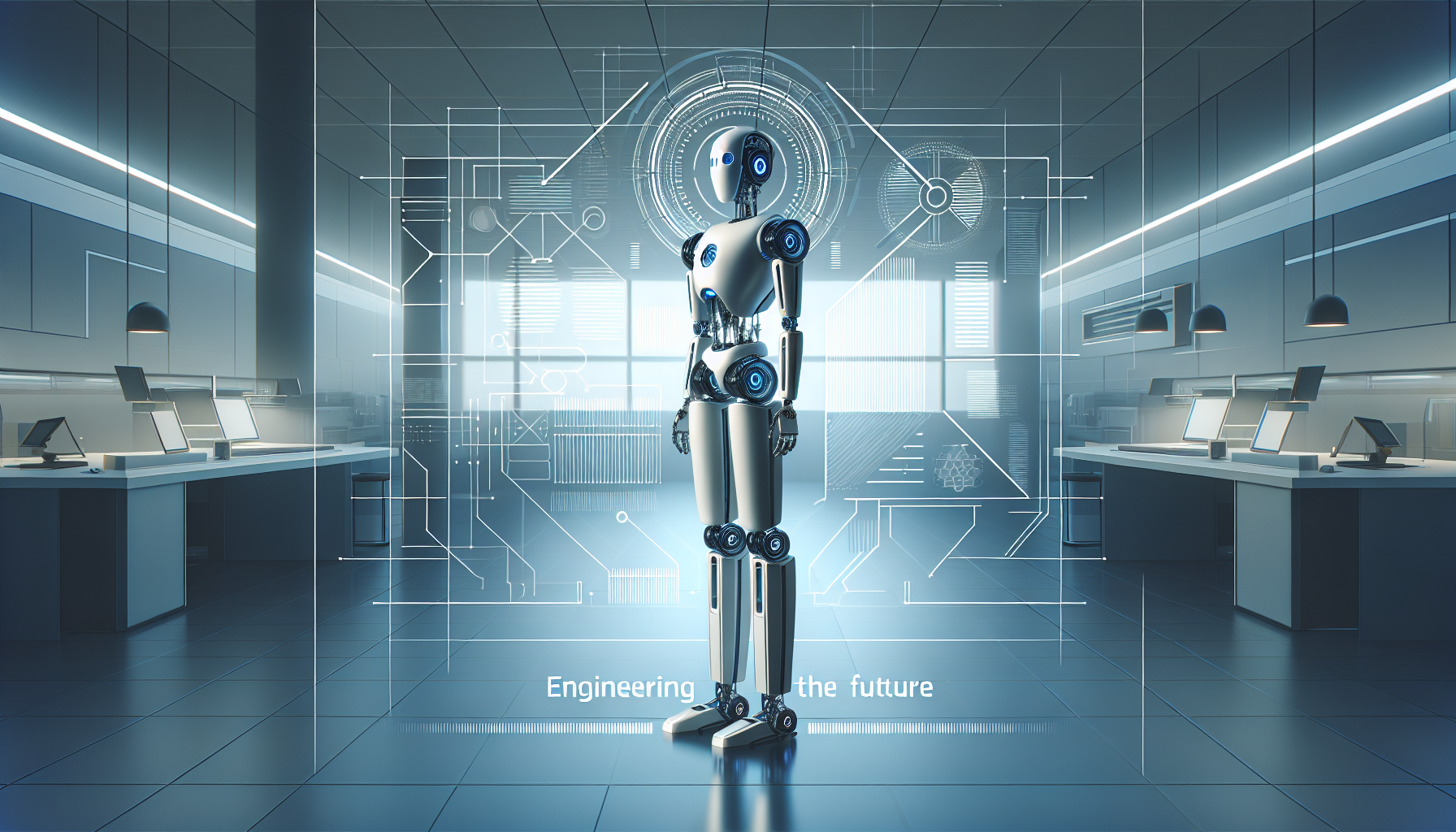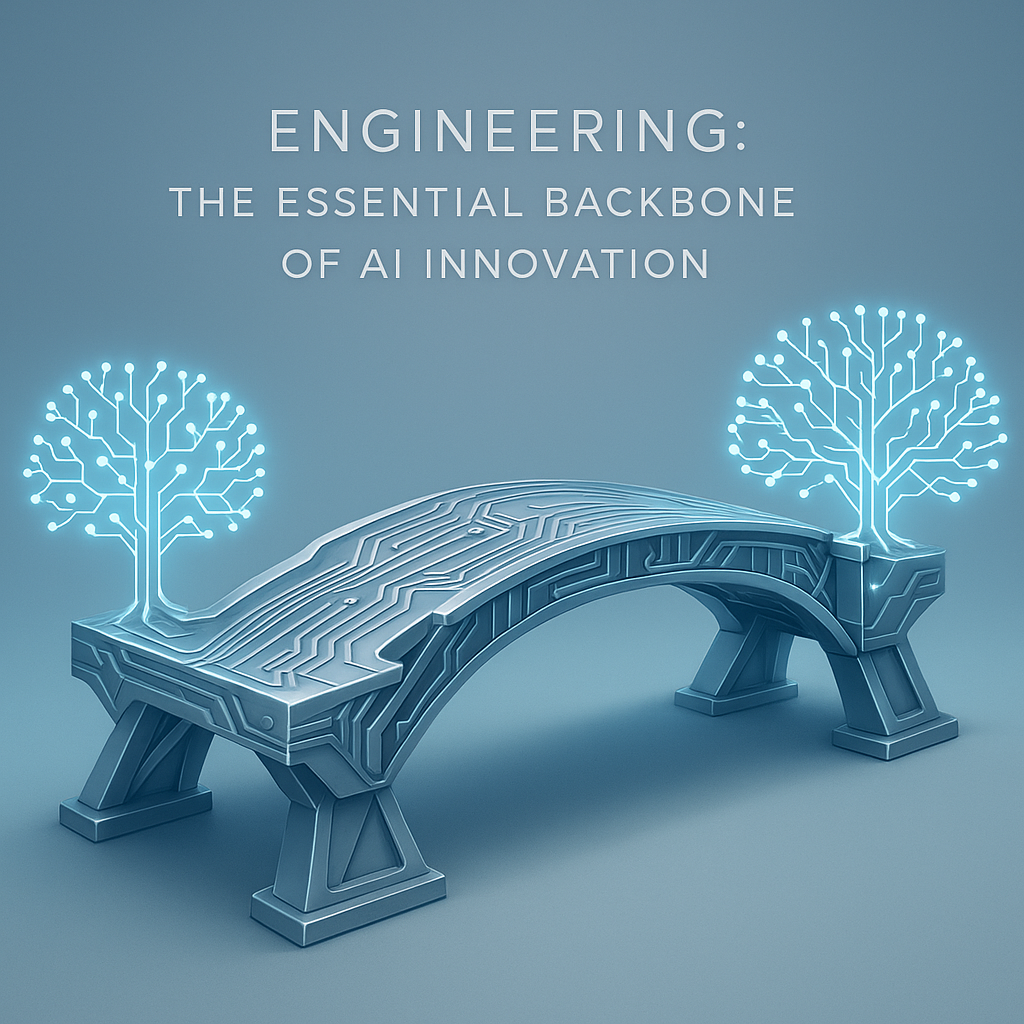Engineering as the Backbone of AI Deployment Success
In the rapidly evolving landscape of artificial intelligence, the success of AI implementation hinges critically on the often underappreciated foundation of engineering. While algorithmic advances and data models garner much of the spotlight, it is the rigor of engineering that transforms AI solutions from conceptual prototypes into robust, scalable applications that drive tangible business innovation. Effective engineering bridges the gap between AI’s theoretical potential and its practical deployment in systems design, software development, and technology in business contexts.
Systems Design: The Framework for Scalable AI
The journey of embedding AI into operational environments begins with thoughtful systems design. Engineering disciplines dedicate themselves to architecting modular, resilient frameworks that can support machine learning models and AI-driven decision-making processes reliably over time. The design must account for data pipelines, computational resources, latency requirements, and integration with existing IT infrastructure—especially when legacy systems play a role.
Meticulous systems engineering ensures the AI components are not siloed but harmoniously interact with broader technology stacks. This integration empowers businesses to realize improvements in efficiency, automation, and predictive analytics. Without such groundwork, AI initiatives risk becoming isolated experiments lacking real-world impact.
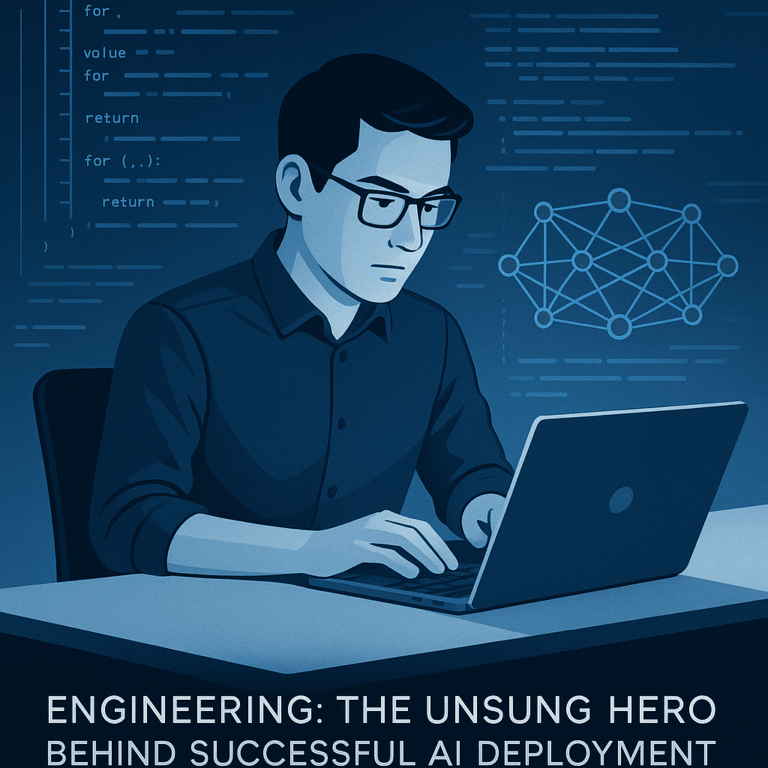
Software Development: Crafting AI into User-Friendly Tools
Turning AI algorithms and models into intuitive software solutions is an intricate engineering challenge requiring mastery in programming and user experience design. Developers must optimize AI models to operate efficiently within hardware constraints while delivering real-time responsiveness essential to fields like marketing analytics or robotics control systems.
Engineering teams embed machine learning outputs into accessible dashboards, automated workflows, or embedded systems, ensuring end-users—whether data scientists, marketers, or operations personnel—can easily interpret and act on AI insights. This user-centered approach minimizes resistance to adoption and maximizes return on investment by aligning AI capabilities with business needs.
Overcoming Engineering Challenges in AI Implementation
Deploying AI is fundamentally a technology innovation endeavor fraught with engineering complexity. Data quality issues, model interpretability, system scalability, and security concerns frequently stall AI projects. Addressing these challenges requires a cross-disciplinary engineering mindset, combining software development expertise with knowledge of machine learning fundamentals and infrastructure design.
For example, ensuring data pipelines deliver clean, real-time inputs demands automation in data preprocessing and validation, often orchestrated via robust programming frameworks. Addressing model bias or lack of transparency might involve embedding explainability modules in software layers, balancing innovation with trustworthiness. Scalable deployment calls for distributed computing architectures and containerization technologies—all within an engineering purview.
Robotics: Realizing the AI Vision through Engineering Precision
At the intersection of robotics and AI, engineering excellence is paramount. Robotics marries mechanical design, electronics, and control systems with artificial intelligence algorithms to create autonomous agents capable of perceiving, reasoning, and acting in complex environments. The synergy of hardware engineering and AI programming brings forth innovations from manufacturing automation to service robots.
Engineering teams optimize sensor fusion, actuator control, and real-time decision-making software to ensure robotic systems perform reliably and safely. The future of computing in robotics is deeply intertwined with AI’s progression, demanding continuous refinement in engineering practices to push boundaries of autonomy, adaptability, and human-machine collaboration.
Business Innovation Powered by Engineering-Led AI Solutions
For businesses, the tangible value of AI emerges only when engineering disciplines convert abstract algorithms into operational solutions embedded within core processes. Whether enhancing customer experience in marketing through personalized recommendations or streamlining supply chains via predictive analytics, engineering enables AI’s transformative potential.
The strategic alignment between AI initiatives and business objectives is facilitated through continuous feedback loops in software development and deployment cycles. This dynamic engineering approach ensures AI solutions evolve alongside business needs, maximizing impact while controlling costs and minimizing deployment risks.
Recommendations for Engineering-Driven AI Success
1. **Integrate Engineering Early:** Embed systems design and software engineering perspectives from AI concept inception to ensure feasibility and scalability.
2. **Build Modular Architectures:** Design AI systems with modular components to facilitate updates, debugging, and integration with legacy systems.
3. **Prioritize Data Engineering:** Invest in automated, robust data processing pipelines to guarantee model accuracy and responsiveness.
4. **Emphasize Human-Centric Design:** Develop user-friendly interfaces that translate AI outputs into actionable insights for non-technical users.
5. **Adopt Cross-Disciplinary Teams:** Combine expertise in machine learning, programming, systems engineering, and business domains to harmonize technical and strategic goals.
6. **Leverage Agile Development:** Utilize iterative software development practices to adapt AI solutions dynamically based on user feedback and evolving requirements.
7. **Focus on Explainability and Ethics:** Engineer AI solutions with built-in transparency and bias mitigation to build trust with stakeholders.
8. **Invest in Infrastructure:** Deploy scalable cloud or edge computing platforms to handle computational demands efficiently, supporting both AI and robotics applications.
By embracing these engineering-centric principles, organizations can transcend experimental AI use cases and achieve sustained business innovation anchored in reliable, practical AI applications.
Charting the Future of Computing through Engineering and AI Synergy
The future of technology in business rests on the seamless convergence of artificial intelligence with engineering principles. This synergy will redefine how software development, programming, and robotics evolve, bringing forth AI solutions that not only automate but also augment human capabilities. Engineering enables the translation of cutting-edge AI research into real-world tools that empower businesses to compete and innovate in an increasingly digital economy.
Ultimately, engineering is the linchpin of AI deployment success. It transforms visionary AI concepts into dependable, efficient, and user-centric applications that unlock new horizons in technology innovation and business transformation.
